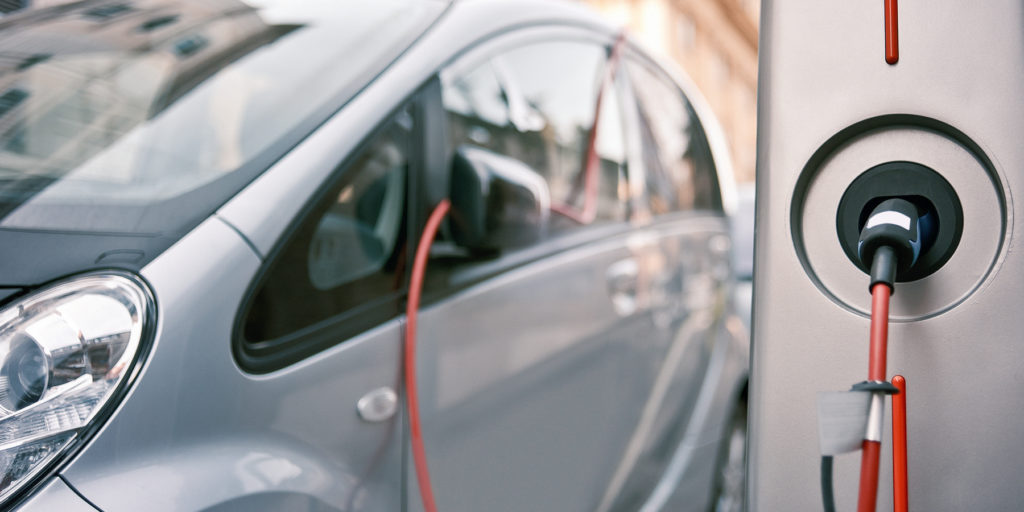Eastman, a global advanced materials and specialty additives company, looks at three sustainability trends that will shape the automotive interiors sector throughout 2020
Thanks to key sustainability drivers, automobile manufacturers are increasing the amount of recycled and biobased content and decreasing volatile organic components (VOCs) inside cars. In relation, ‘lightweighting’ of vehicles to improve fuel efficiency is also important. As we continue to move toward a true circular economy, the automotive industry must respond at an accelerated rate to meet the demands of diverse yet interdependent consumers. Brands that thrive in 2020 and beyond will address these issues proactively and responsibly, working with suppliers to source materials that are fit for use across a global marketplace.
Consider the regulatory climate in Europe, which leads the world in green initiatives. Car manufacturers must meet or exceed legislative mandates to include recycled materials and biobased content in their products as they move to replace petroleum-based plastics. Furthermore, the European Union’s End-of-Life Vehicles Directive on (2000/53/EC) seeks to make recycling end-of-life vehicles (ELVs) eco-friendlier. More than 50 million vehicles worldwide reach the end of their service each year. These ELVs generate between 7 tons and 8 tons of waste annually in the EU alone. Using polymers made from recycled and biobased materials is part of the solution, as are takeback programs for automotive waste that recover and recycle polymers from shredder residue.
Another important trend is lightweighting vehicles to improve miles per gallon for traditional and hybrid cars and miles per charge for electric cars. Lightweighting is critical to alleviating ‘range anxiety’, which is a significant barrier to the widespread acceptance of all-electric vehicles. Polymers like Eastman Trēva engineering biopolymer are ideal alternatives to PC, PC-ABS and polyacetal in auto interior applications. The melt flow and low viscosity of Trēva enable manufacturers to create larger components with more complexity, greater detailed geometry and thinner wall design – all contributing to less weight. Lighter vehicles use less energy, significantly decreasing their environmental impact.
Because we all live on the same planet, sustainability is, by definition, a global concept. While air quality and human physiology vary by country and culture, VOC elimination is a shared goal. For example, China has a zero-VOC emissions policy. Reducing VOCs is critically important in Europe as well, where brands like BMW export to the Chinese market. While the push to eradicate VOCs is not as strong for US consumers, North American car manufacturers ship vehicles around the world, so they must design to the highest regulatory standards. Our industry knows no borders when it comes to meeting international design specifications.
Eastman has commercialized carbon renewal technology (CRT), one of two chemical recycling innovations to increase the amount of recycled content in its signature polymers, including Trēva, which is already made from biobased material. Via polyester renewal technology (PRT), Eastman will further enhance sustainability by recycling complex polyesters into virgin-like materials to make new products without performance compromise. These two recycling technologies are on trend with the automotive sector’s heightened focus on sustainability in 2020 and beyond.




